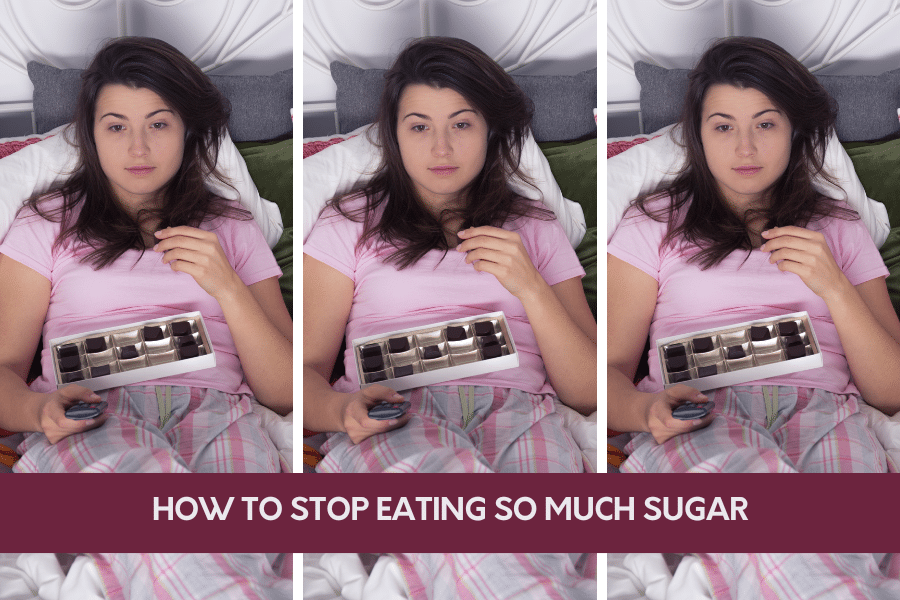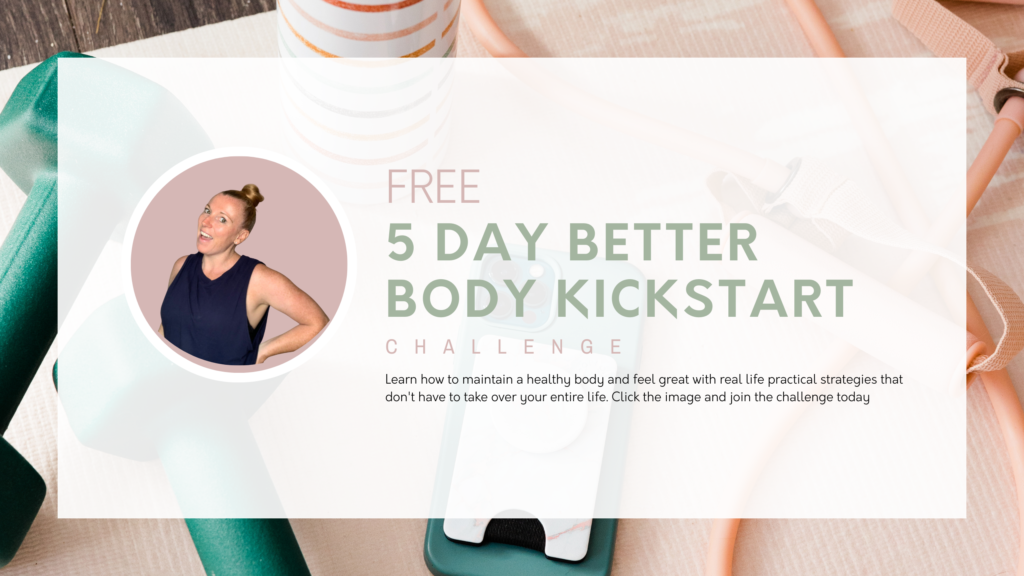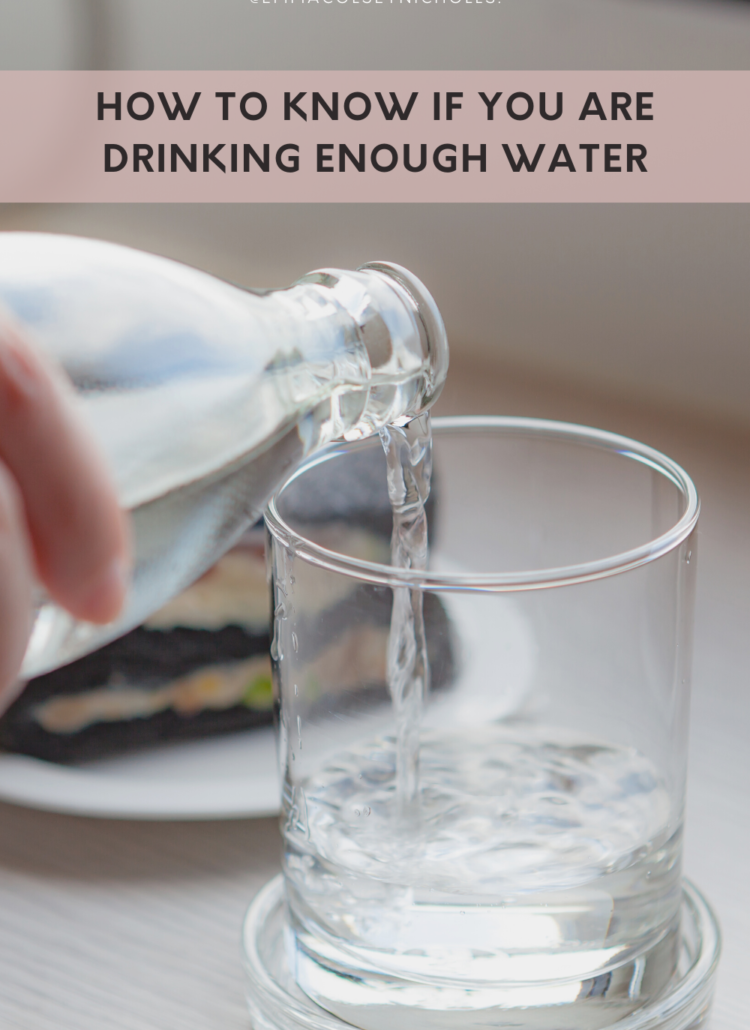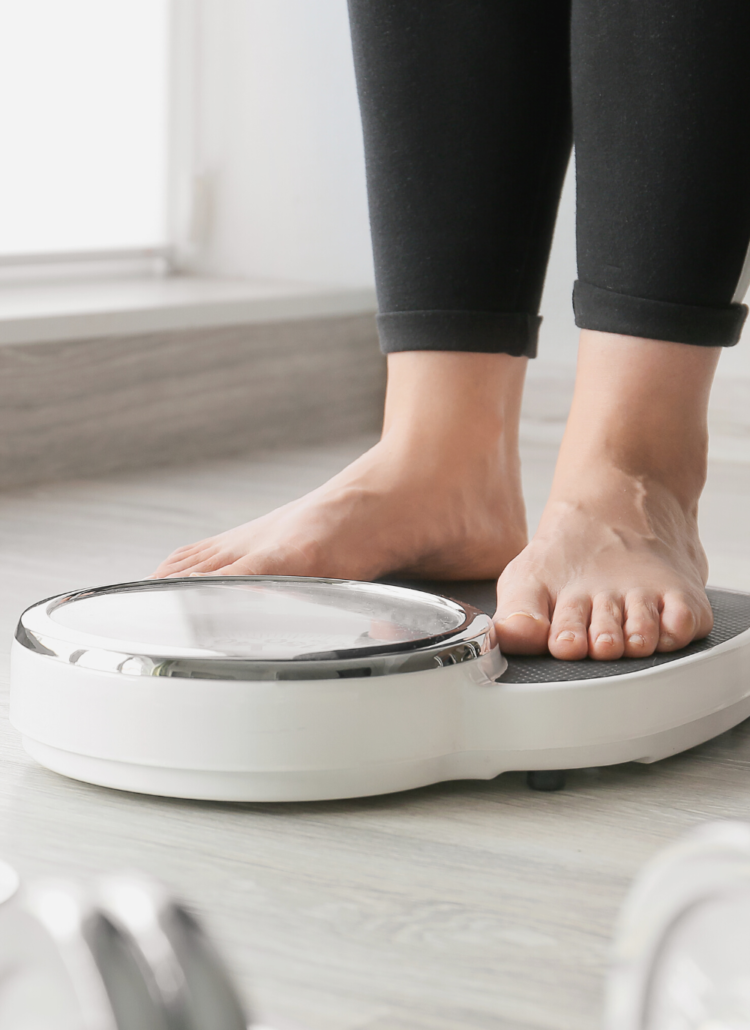That Can Make A BIG Impact On Your Waistline

In this article I’ll be sharing some simple steps on how to reduce the amount of sugar you eat and drink, so you can look and feel better in your body.
Truth is that most of us, whether consciously or not consume too much sugar. It’s hidden in our foods and many people have no idea how much sugar they are eating, or indeed how much sugar they should be eating.
The recommendation from the NHS is that an adult should consume no more than 30g, which equates to about 7 teaspoons of sugar each day. To put this in perspective, there are 35g of sugar in one can of coke.
I’m not one to demonise foods of any type, I don’t think you have to cut your sugar completely, but there are some simple steps you can take to reduce your sugar intake and reap the health benefits that can come with these small shifts.
If you are a woman who has been struggling to lose weight, despite thinking you are doing all of the right things. If you feel like you are constantly hungry, craving sweet foods or tend to hold weight around your midsection. Then there is a good chance you could see significant differences when you make these small changes to your diet.
I talked more about 10 warning signs that you could be consuming too much sugar in this article.
>>>>What Happens When You Eat Too Much Sugar<<<<
So if you identify with any of these issues, or have just decided that you want to make some health-conscious improvements, maybe you want to lose a few pounds then here are the simple steps that you can start to take.
1. Awareness
Step one is all about creating awareness around your usual daily sugar intake. So for this one, I don’t want you to change anything, but simply tack your food for a day, or a week and see what your daily consumption is like. You can write it all down, look at the labels of your foods and add up the sugar for the day. Or you could use an app like MyFitness pal and upload it there to track it for you.
I also want you to be aware of your energy levels throughout the day, do you get an afternoon energy slump? Are you craving sweet things all of the time? When do you notice yourself feeling hungry? When do your cravings hit? What is your sleep like? How Many hours do you get, do you get up in the night?
It’s also important to notice which of these habits are related to emotional triggers too. Emotional eating patterns could be a whole other article, but for now, just take note of the above questions.
Just make a note of these things for one day and see what comes up for you. If you can track for the entire week you will start to get a better understanding of your regular behaviours and see where you can make some changes.
If you notice yourself going for sugary snacks see if you can start to switch them out, or just refrain from having them for one week to see how you get on.
Everything starts with awareness first.
2. De-Sugar Your Breakfast
Breakfast is one of those meals that many people are in the habit of having pretty high sugar. As someone who grew up on cereal as a child, this was also me in my early adult years.
But making changes to your first meal of the day can have a big impact on balancing your blood sugar and cravings throughout the rest of the day.
For example, one portion of sugar puffs is labelled on the back of the box as being 30g which equates to 9.7g of sugar. If you check out my video below, you will notice see that 30g of sugar puffs are really not a lot and most people are likely eating 2-3 times that. And that’s without even including the amount of sugar that is in the milk that you are eating them with.
So simply switching your breakfast to a lower-sugar alternative can prevent you from riding that sugar rollercoaster all day long. And for a Brucy bonus, adding some protein into the mix will leave you feeling fuller and with more energy for the rest of your day.
Some examples of lower sugar and higher protein alternatives include things like:
- Protein smoothie (my personal favourite and daily breakfast)
- Toast with peanut butter
- Any style of eggs on toast with avocado
- Omelette
- Oats with berries (choose lower GI fruits)
- Yoghurt with berries
- Overnight protein oats
- Eggs & Bacon
3. Don’t Drink Your Sugar
Drinking sugar is one thing that can really ramp up the amount of sugar you consume. 2 teaspoons of sugar in your tea or coffee is 4.2g of sugar. If you are drinking multiple cups of tea each day that can soon start to add up. Even if you switch the sugar for a teaspoon of honey, it still has the same impact on your body.
Even if you think you are going for the healthier alternative and going for fresh orange juice, you may be surprised to learn that this still has 13g of sugar in 150ml. And let me tell you, 150ml is little more than a mouthful.
Still thinking that you want to keep it healthy, so you opt for the Innocent Smoothie? The mango and passion fruit smoothie has 17g of sugar in just 150ml and most bottles are bigger than that.
Now I’m not saying that you can’t ever have these things. If you want one here and there then heck go for it, you don’t have to feel bad about it. But this week was really about being aware of where you are at, so look at sugary drinks as more of a one-off rather than part of your regular daily consumption.
Reduce the amount of sugar you put in your tea or coffee, look for sugar-free alternatives and ultimately just drink more water.
Drinking sugar is not actually going to help you feel full or satisfied. It may give you your sweet fix in the moment, but could actually just leave you craving more throughout the day.
So reduce the amount of sugar you consume in fluid form, even if you think it’s the healthier option.
4. Effective Sugar Swaps
When you are told you can’t have something, psychologically you want it even more.
So instead look for simple swaps that will help you manage your cravings and stop you from feeling hungry all the damn time.
1. If you are going to snack, then go savoury. Helping you to keep sugar consumption down and manage bloody glucose better throughout the day.
2 & 3 replace sugar with higher fat and protein options.
Fat doesn’t make you fat, too much sugar makes you fat. Switch out sugar for fat and protein as they are far more satiating and it’s unlikely you will overeat as you do on sugar. Things like Ryvita with peanut butter, grilled halloumi, nuts, cheese, avocado and veggies, hummus and crackers, full-fat yoghurt with berries.
Go savoury for your snacks and add in fats and/or protein where possible.
5. Set Some Sugar Boundaries
Whether it’s in work life, with friends or with your diet. Having boundaries and non-negotiables are what will help you become the person that you keep on saying you want to be. You don’t have to completely banish sugar from your life if you can put some boundaries in place.
Boundaries include putting the above practices in place on a regular basis. Or like I am doing, saving sweet treats for the weekend or special occasions rather than making them the regular. I just need to remind myself that in the run-up to Christmas lol.
I’m never going to completely banish sugar, but the truth is, I was having way too much in my life and I was really starting to notice the effects.
It was showing in my waistline, in my afternoon energy slumps and also in my sleep pattern.
For the first time in ages, I’m actually back to getting a full night’s sleep and actually waking up naturally before my alarm.
The bags under my eyes have reduced and right now I’m feeling pretty incredible and that’s such a good feeling that I want to keep on soaking up more of.
So take what you notice from the first step of this article and see if you can just make some small adjustments to start noticing results of your own.
Let me know in the comments if you found this helpful and which step you are going to try implementing first.
Love Always
Emma
PS – To get more support from me, sign up and join the FREE 5-day Better Body Kickstart and discover more simple steps to positively transform your health and your waistline.





Leave a Reply